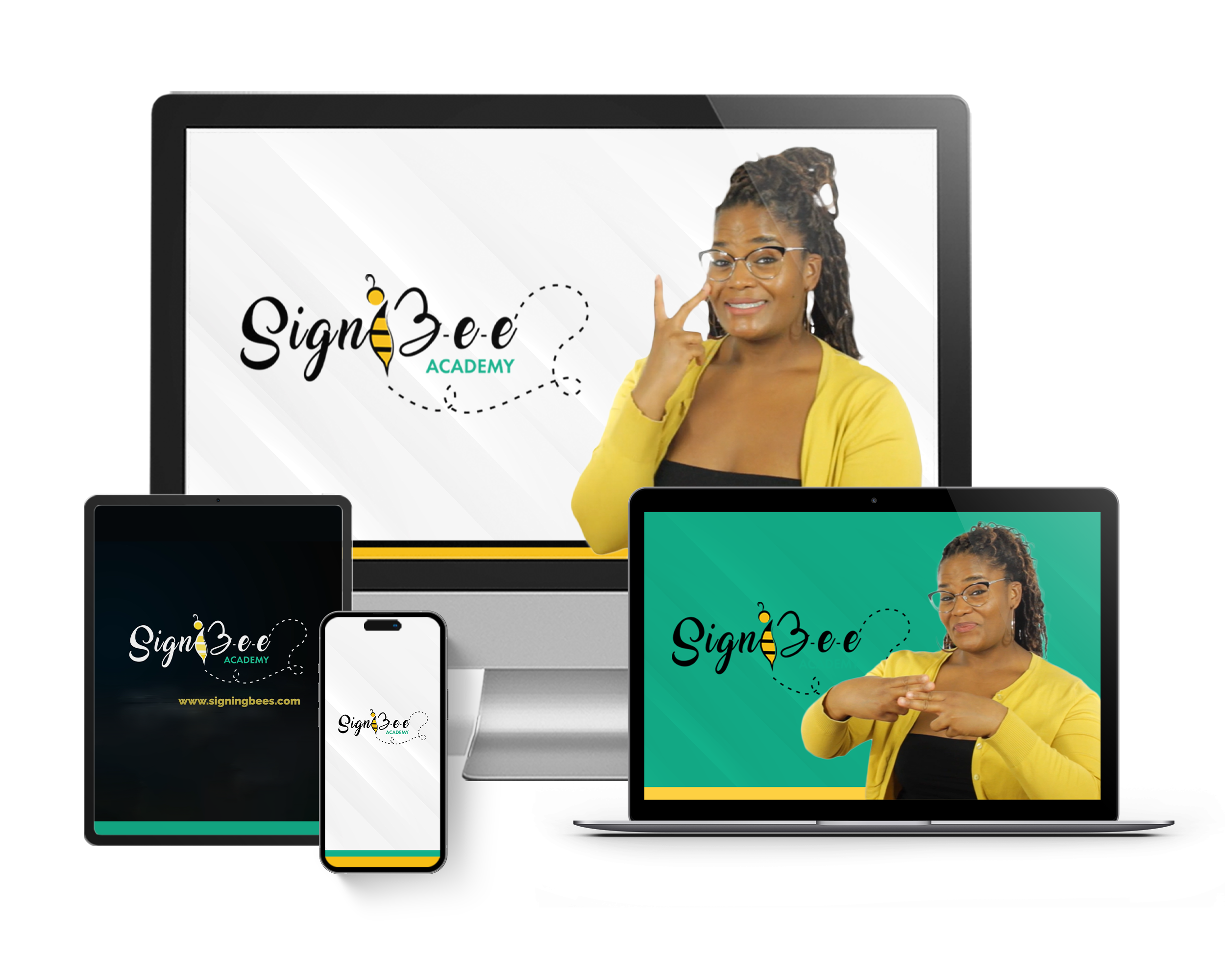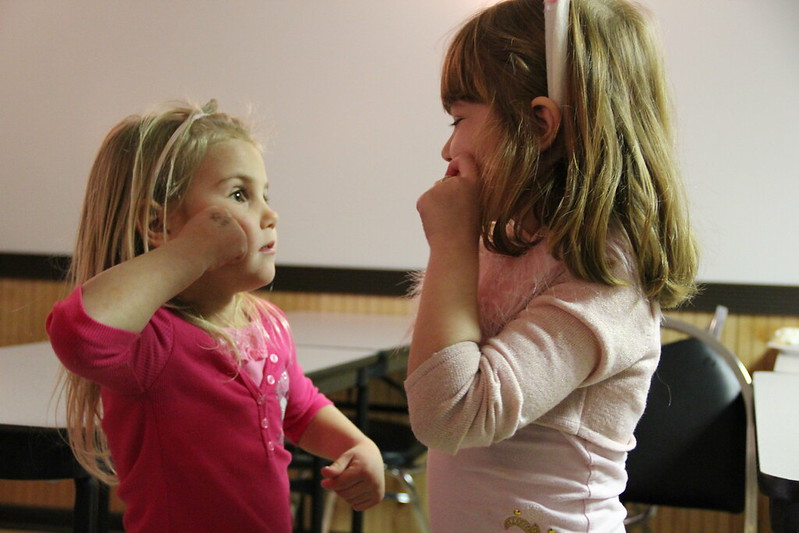Should a person be content with teaching their infants baby sign language and not go further to teach them American Sign Language (ASL)? The answer to this question differs for different people and the reason for this is due to certain factors, some of which will be discussed in this article. In the meantime, it is important to know that these two languages share similarities as much as differences. Can they be used interchangeably? This is another question this article covers as it examines the major differences between baby sign language and ASL.
Can Baby Sign Language and American Sign Language Be Used Interchangeably?
Under certain circumstances, baby sign language can be used interchangeably with ASL. These circumstances include:
- When infants are at the beginning phase of learning sign language.
- When caregivers teaching kids sign language are only familiar with baby signs and come across deaf or hard of hearing individuals who use ASL. They can use some basic signs (in baby sign language) to communicate with them.
- For basic concepts where the signs are similar. For example, the sign for “more” is the same in both languages.
Major Differences between Baby Sign Language and American Sign Language
Image by Luis Miguel Justino on Openverse
Age:
Baby Sign Language: When a child is young (from four to six months), when they are unable to speak, baby sign language is used to assist them in communicating with their carers and parents.
ASL: This is the most complex form of sign language. It uses both short and long sentences to carry out whole discussions, on the other hand, baby sign language only uses signs to represent words for everyday communication (between infants and their carers).
Culture Integration:
When teaching your infant baby sign language, it is often not your intention to assist them in becoming a part of the deaf community or culture at that young age. However, when teaching them ASL, you can utilize it as a conscious effort to aid in their integration into the deaf community.
Longevity:
Baby sign language ceases to be relevant as the child grows, to give room for ASL. This is because your child’s vocabulary expands (including their use and understanding of spoken words) and baby sign language wasn’t designed for that expansion in the first place. Therefore, we can say that baby sign language has a short life span. But ASL does not have an expiring date, it is used for lifelong communication.
Language Variations
It is possible with baby sign language for families to concort their different signs based on how they interact with their children at home, based on their family preferences. Whereas ASL makes use of standardized signs (although with several variants) because ASL is the sign language most common in deaf communities.
Factors To Be Considered in Determining Whether or Not Your Baby Should Be Taught ASL after Learning Baby Sign Language
Before going through these factors, those considering ‘upgrading’ their kids to learn ASL will do well to crosscheck the benefits they got from teaching them baby sign language in the first place. The obvious thing they will discover is the encompassing benefits. Let’s go through other factors that should be considered if the transition is to take place, especially for those still having doubts.
Growing a Child That’s Multilingual
If you desire your child to be multilingual, one way you can achieve that is by teaching your child ASL. You don’t necessarily have to teach your child only spoken languages, sign languages make for better diversification of your child’s linguistic skills.
Having a Proper Understanding of Deaf Culture and Community
The ability to understand the deaf culture and the deaf people around them is typically improved in children whose parents progress from teaching them baby sign language to ASL. ASL allows people to more easily integrate into the deaf community and culture since it not only demonstrates that they are open to speaking with deaf and hard of hearing individuals, but also that they want to view them for more than the stereotypes that society has placed on them.
Educational Purposes
Learning ASL comes with a lot of educational benefits ranging from increased cognitive skills to social awareness and expression to emotional intelligence. All of which enhance your child’s academic performance. Apart from that there are the career opportunities that come from being proficient in ASL. They include; becoming a competent health professional who can offer healthcare to deaf and hard-of-hearing individuals, working as a sign language interpreter or a deaf teacher, etc.
Available Time and Resources
Do you have the time to invest in the sign language learning process as well as the money to get the necessary resources? Like it or not, learning any language is time-consuming but not in the wrong way. As observed in this article and other related articles you will come across, the benefits will always outweigh the cost when it comes to learning sign language, particularly ASL.
Find time, and mix the different learning stages with your daily routines as well.
Continue Fostering the ‘Special Bond’ with Your Child
Too enticing to pass up. There’s a chance that after you see the benefits to your relationship that come from helping your kid learn baby sign language, you’ll want the relationship to continue. Because the learning scope is significantly wider with ASL, this can be achieved.
You can use those words, phrases, and sentences available for you and your child in ASL to communicate when you are around others who can’t comprehend ASL. It would seem like your secret language.
Conclusion
A proper understanding of ASL reveals how peculiar the language is, yet at the same time, it shares certain similarities with other sign languages. Baby sign language can be said to be an offspring of ASL meaning it is ASL (in a very lower version). The good thing is that learning ASL can help you become a better teacher of baby sign language that your toddler needs.
With SignBee Academy, you can learn ASL and become proficient with available ASL learning materials.
Thumbnail Photo Credit to: Image by daveynin on Openverse





